If you’re wondering how long you can leave the film in a camera, this article is for you.
Film longevity depends on factors such as the type of film, storage conditions, and the camera itself. Some types of film can be safely left in a camera for years, while others may deteriorate quickly, affecting the quality of your photographs.

Key Takeaways
- Film longevity varies depending on the type of film, storage conditions, and camera used
- Understanding film expiration and storage techniques is crucial for preserving image quality
- Proper handling and unloading of film can prevent long-term deterioration and maintain the quality of your photographs.
Understanding Camera Film Expiration
Determining Factors
When considering how long you can leave a film in your camera, it’s crucial to understand the factors that influence film expiration. The type of film, storage conditions, and environment can all affect how long your film lasts. For example, keeping your film cool and dry can slow the degradation process, extending its lifespan.
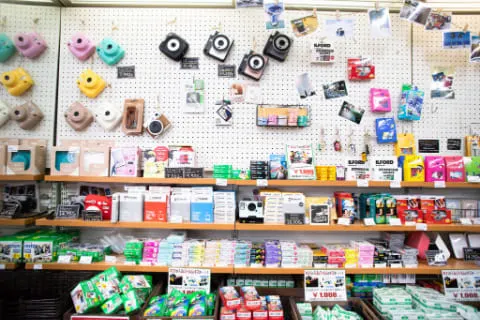
Different film types will have individual lifespans within your camera.
For instance, 35mm film, medium and large format film, and instant film all have unique durations for which they’ll perform optimally.
Common Lifespan
Despite the factors impacting film expiration, most films have a normal shelf life or expiration date. Typically, Polaroid film will expire two years from its manufacture date. However, in many cases, you can continue using the film past this date.
As a general guideline, camera film can last up to five years without substantial degradation in quality, although the film may become more grainy or have hue changes. If stored properly, some films can even be left in your camera for 10-15 years and still produce satisfactory results when developed. Remember, though, that the longer you wait to develop your film, the greater the risk of degraded image quality.
Long-Term Effects of Storing Loaded Cameras
Color Change
Leaving film in your camera for long periods can cause color changes in your photos. This is because black-and-white film lasts longer than color film, so as time goes by, you may notice that the colors in your images start to fade or shift. To avoid these color changes, process your film within a reasonable time frame after shooting.
Decreased Quality
Another effect of storing a loaded camera for too long is decreased image quality. This can occur because the chemicals in the film degrade over time, resulting in a loss of detail and sharpness. In some cases, this degradation may even make your photos appear out of focus. To maintain the best possible image quality, it’s good practice to process your film as soon as possible after shooting.
Increased Graininess
Finally, leaving film inside your camera for extended periods can increase graininess in your images. Low ISO films (400 and below) will last longer than high ISO films, meaning high ISO films will become grainier as time goes by. To minimize graininess, try to use low ISO films and process your film as quickly as possible.
By knowing these potential issues, you can better plan your film usage and processing schedule to ensure that your images maintain their intended quality and appearance.
Proper Camera Film Storage Techniques
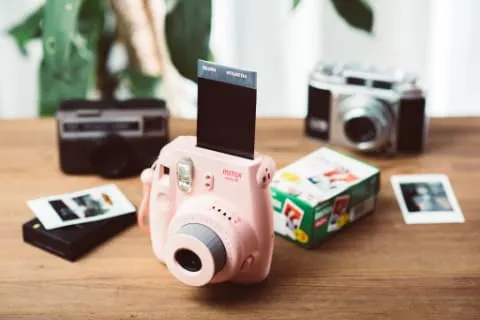
Temperature Control
Storing both the camera and film in an environment with stable and cool temperatures is important to maintain the quality of your film when it’s left inside a camera. Keep your film in a cool, dark place away from direct sunlight to minimize temperature fluctuations and prevent damage.
Low Humidity Environment
Another key factor in preserving the quality of your film inside a camera is controlling the humidity level. A high-humidity environment can cause moisture to seep into your camera and film, potentially leading to mold growth or film damage. Ensure your camera and film are stored in a low-humidity environment, preferably using airtight containers with desiccant packs to absorb excess moisture. This will help keep your film in great condition when you’re ready to develop it.
Always remember a combination of temperature control and low humidity is crucial in preserving the life of your film inside your camera. Following these storage techniques, your film can last 10-15 years when kept inside a camera and still produce satisfactory results upon development.
Recommendations for Unloading Film
Knowing when to unload film from your camera is essential to protect your memories and ensure you get the best-quality images possible.
While Traveling
Being mindful of your film’s condition is crucial when you’re on the go. Keep your film and camera away from extreme temperatures, direct sunlight, and excess humidity, as these conditions can adversely affect film quality.
Make a habit of unloading your film after a day of shooting or reaching the end of your roll. This practice will minimize the risk of exposing your film to harmful conditions. I recommend storing your film in a cool, dry place, preferably using a film case or a protective container for added protection.
When Not in Use
While it’s possible to leave film inside a camera for 10-15 years without significant damage, there are some steps you can take to increase its longevity and preserve image quality.
Firstly, ensure your camera is stored in a stable environment with consistent temperature and humidity. Rapid fluctuations in these conditions might damage the film over time.
If you don’t plan to use your camera for an extended period, consider unloading the film and storing it in a protective container or film archive bag. This step will help eliminate the risk of film degradation and keep your precious memories safe for years.
Keep track of your film’s expiration date, as color films may start showing color distortions after a few years, while black-and-white films generally last longer without losing contrast. Try to develop your film within the recommended timeframe to get the best image quality possible.
Camera Film Questions
How long does film last in a disposable camera?
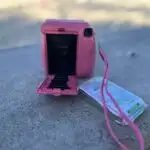
Film in a disposable camera can last up to its expiration date, typically a few years from the manufacturing date. However, it’s a good idea to use and develop the film within a year of purchase to ensure the best quality photos. Remember to store your disposable camera in a cool, dry place to preserve the film’s quality.
How long can film stay undeveloped?
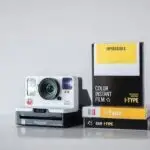
Undeveloped film’s longevity depends on the film type and storage conditions. In ideal conditions, a black-and-white film can last 50 years undeveloped, while a color film may last around 10-15 years. To ensure the best results, store undeveloped film in a cool, dry place, and develop it before the expiration date.
How long can you leave Instax film in a camera?
The Instax film can be left in the camera for an extended period, up to several months. However, it’s best to use and develop the film soon after loading it into your camera for optimal results.
How long can film stay in a Polaroid camera?
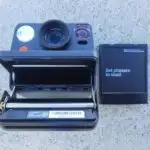
Polaroid film can stay inside the camera for several months without significant degradation. However, it is advised to use and develop Polaroid film within a few months of loading it into the camera to ensure the best image quality.
Can you leave Polaroid film in the camera?
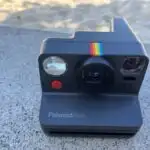
Yes, you can leave Polaroid film in the camera without major issues. Remember that to maintain the optimal quality of your photos, you should use and develop the film within a few months of loading it.
How long does Polaroid film last once open?

Polaroid film is not designed to last a long time once it is opened, and even when unopened, it has an optimum use life of 12 months from the date it was produced.